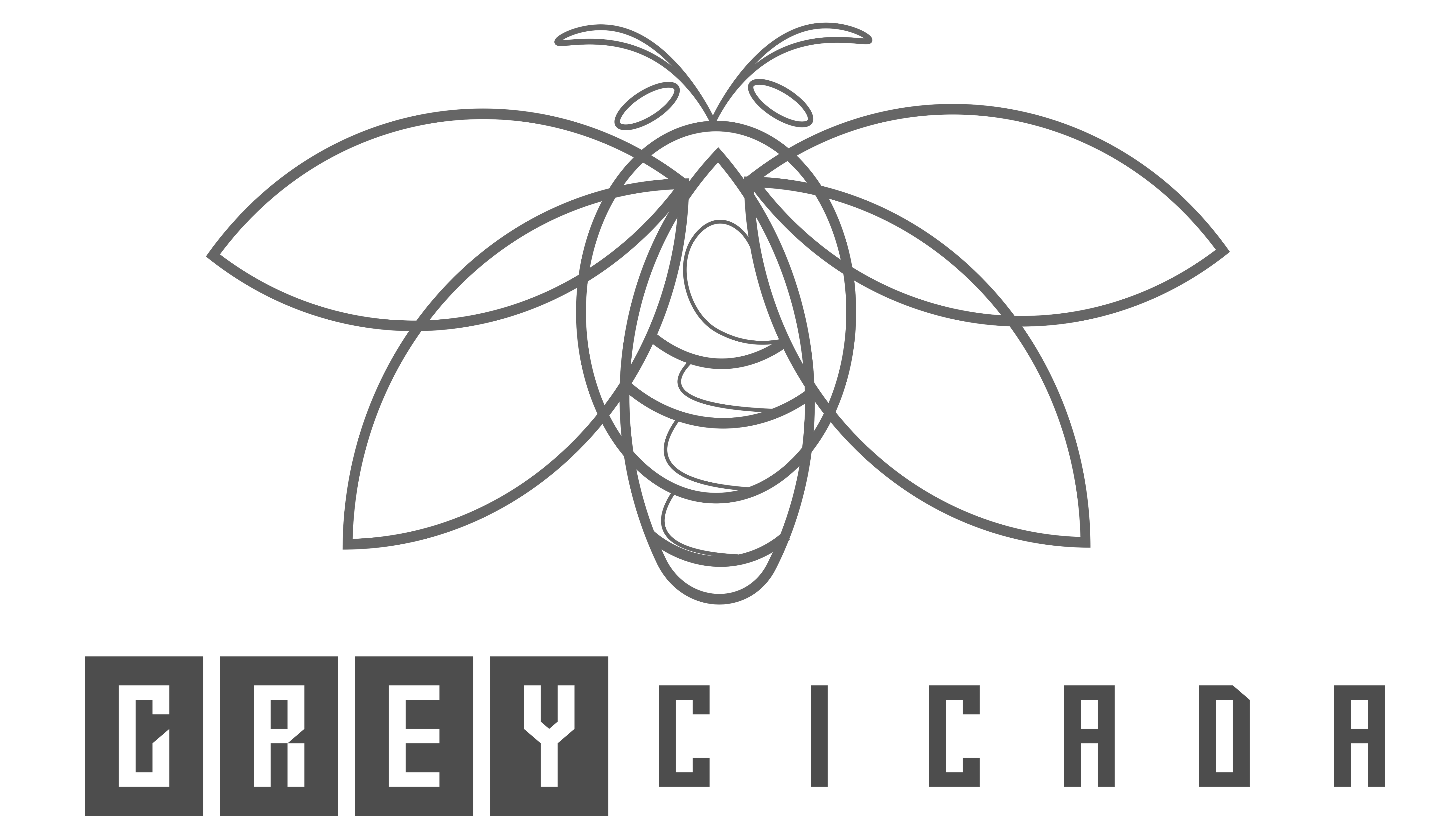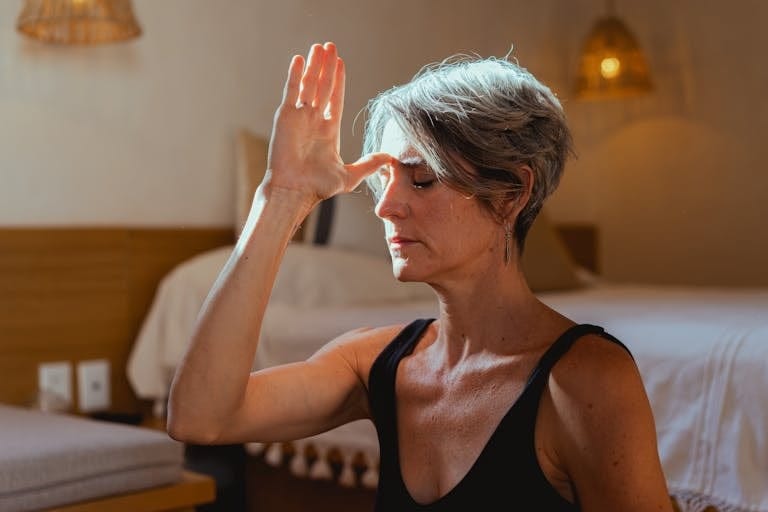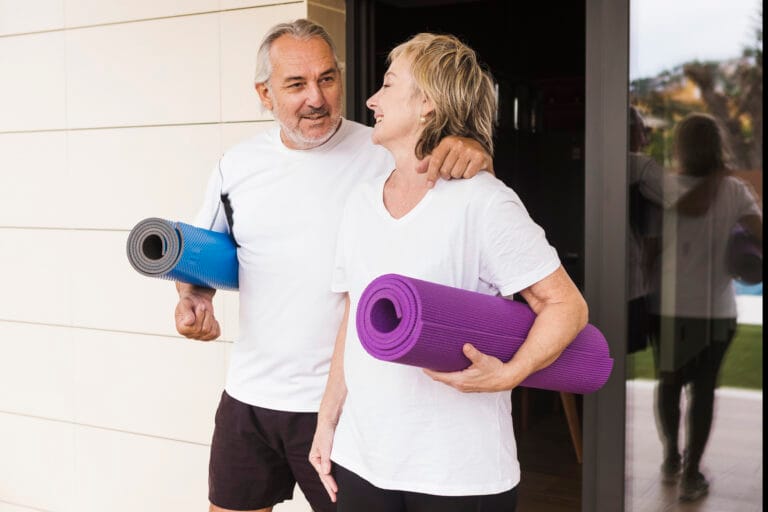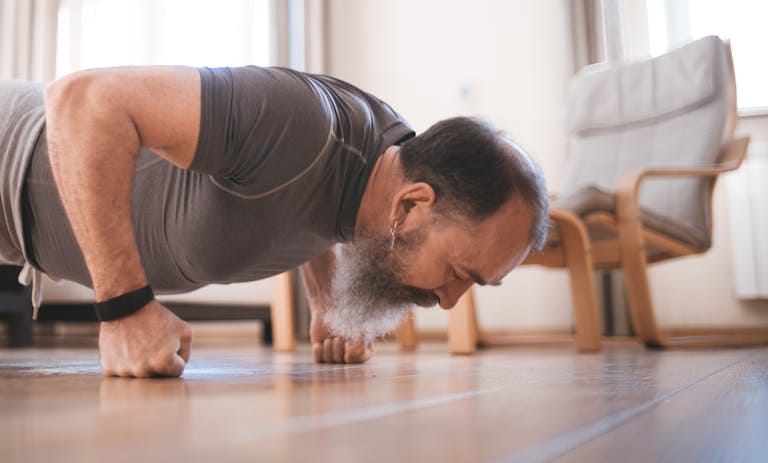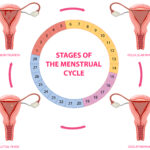FREE SHIPPING OVER $50
Ditch the Crunches! Sculpt Your Core Standing Up (5 Workouts, No Floor Time)

When you think about working your abs, what’s the first image that pops into your head? For most of us, it’s probably lying on a mat, doing endless crunches, feeling that familiar neck strain or lower back twinge. It’s the classic ab workout, right? But what if we told you that not only can you ditch the crunches, but you can actually build a stronger, more stable core without ever hitting the floor?
That’s right! If the thought of floor exercises makes you groan, if you have limited space, or if you simply want a more functional approach to core strength, you’re in luck. Standing core exercises are a game-changer. They work your abdominal muscles in a way that mimics real-life movements, boosts your posture, and can even help relieve back pain.
Why Ditch the Crunches? (It’s Not Just About Dislike)
Before we dive into the amazing world of standing abs, let’s quickly address why traditional crunches might not be the best fit for everyone, despite their popularity:
- Neck Strain is a Real Problem: Too often, people performing crunches pull on their neck, leading to discomfort, strain, and even injury, rather than engaging their abdominal muscles.
- Lower Back Pressure: If your core isn’t strong enough or your form is incorrect, crunches can put undue pressure on your lower back, potentially exacerbating existing back pain or creating new issues.
- Limited Muscle Engagement: While crunches target the rectus abdominis (the “six-pack” muscle), they often miss the mark on truly engaging the deeper, more crucial core muscles like the transverse abdominis and the obliques, which are vital for core stability.
- Monotony and Inconvenience: Let’s be honest, crunches can get boring! Plus, having to get down on the floor isn’t always convenient, especially if you’re looking for a quick workout at the office or in a small space.
The Power of Standing Abs: Unlocking a Stronger, More Functional Core
Here’s why standing abs are a game-changer:
- Functional Strength for Everyday Life: Most of your daily activities – lifting groceries, twisting to reach something, carrying a child, throwing a ball – happen while you’re standing. Standing core exercises train your abdominals to stabilize your body against gravity and dynamic movements, preparing you for real-world demands.
- Improved Posture and Spinal Health: When you perform core work while standing, your abdominal muscles naturally engage to support your spine and keep you upright. This translates directly to better posture throughout your day, which can alleviate chronic aches and pains, especially in your back and neck.
- Reduced Back Pain: A weak core is a primary contributor to lower back pain. Standing core exercises strengthen the muscles that act as your body’s natural corset, providing crucial support for your spine and often leading to significant relief from back discomfort.
- Ultimate Convenience: No mat? No problem! You can literally do these exercises anywhere – in your living room, a hotel room, or even during a quick break at work. This convenience makes it easier to stay consistent with your ab workouts.
- More Muscles, More Burn: Many standing core exercises are compound movements, meaning they engage not just your abs but also your glutes, hips, and shoulders. This makes them more efficient and helps you burn more calories.
Your 5 Standing Ab Workouts
Here are five incredibly effective standing ab exercises you can integrate into your fitness routine today. Focus on controlled movements and engaging your core muscles, rather than just swinging your limbs. Aim for 2-3 sets of 10-15 repetitions for each exercise, 3-4 times a week.
1. Standing Bicycle Crunches (Oblique Powerhouse)
This move mimics the classic bicycle crunch but keeps you upright, challenging your obliques and balance.
- How to do it: Stand tall with your feet hip-width apart, hands lightly behind your head (fingertips touching, don’t pull on your neck). Lift your right knee up towards your chest as you simultaneously bring your left elbow down towards that knee, twisting your torso. Squeeze your side abs. Return to the starting position and repeat on the other side.
- Muscles worked: Obliques, rectus abdominis, hip flexors, balance muscles.
- Tips for proper form: Keep your chest open and shoulders down. Focus on twisting from your core, not just crunching your elbow forward. Maintain control; don’t let momentum do the work.
2. Standing Side Bends (Targeting Your Love Handles)
Simple yet effective, this exercise zeros in on your side abdominal muscles.
- How to do it: Stand with your feet hip-width apart, one arm extended overhead (palm facing in). Keeping your spine straight and core tight, slowly bend directly to the side, reaching your raised arm overhead and slightly across your body. Feel the stretch on one side and the contraction on the other. Return to upright.
- Muscles worked: Obliques, quadratus lumborum (lower back muscle).
- Tips for proper form: Avoid bending forward or backward. Focus on a pure side bend. You can hold a light dumbbell or water bottle in the hand of the arm that’s bending down for added resistance, but start without weight to master form.
3. Standing Wood Chops (Dynamic Rotational Strength)
This is a powerful functional core exercise that works your rotational strength – crucial for everyday movements.
- How to do it: Stand with feet wider than hip-width, knees slightly bent. Imagine holding an axe or a resistance band (or just clasp your hands together). Start with your “axe” above one shoulder. In a controlled motion, “chop” diagonally across your body down towards the opposite hip, rotating your torso and engaging your obliques and transverse abdominis. Allow your back heel to lift as you twist. Reverse the motion slowly.
- Muscles worked: Obliques, transverse abdominis, rectus abdominis, glutes, shoulders.
- Tips for proper form: Move slowly and with control, feeling the core doing the work, not just swinging your arms. Keep your chest up. If using a resistance band, anchor it securely at a high point.
4. Standing Knee-to-Elbow / Cross-Body Knee Drives (Lower Ab & Oblique Engagement)
This move helps engage the often-neglected lower abdominal muscles and provides a dynamic challenge.
- How to do it: Stand tall, feet hip-width apart. Bring your hands behind your head or cross them over your chest. Lift one knee high towards your chest, simultaneously bringing the opposite elbow down to meet it across your body, crunching your side abs. Control the movement back to the start.
- Muscles worked: Rectus abdominis, obliques, hip flexors.
- Tips for proper form: Focus on using your core to lift the knee and twist, not just bending your upper body. Keep your standing leg slightly soft, not locked.
5. Standing Anti-Rotation Press (Deep Core Stability)
This exercise might look subtle, but it powerfully activates your deep core muscles, especially the transverse abdominis, which is essential for a stable core and back health. You’ll need a resistance band anchored to a sturdy object at chest height for this one.
- How to do it: Stand perpendicular to the anchor point of a resistance band, holding the band with both hands at your chest. Your feet should be shoulder-width apart, knees slightly bent. Slowly push the band straight out in front of you, resisting the band’s pull trying to twist you towards the anchor. Hold for a count of 2-3, then slowly bring your hands back to your chest.
- Muscles worked: Transverse abdominis, obliques, rectus abdominis, shoulders, and back muscles working for stability.
- Tips for proper form: Keep your hips and shoulders facing straight forward, resisting the band’s pull with your core. Don’t let your torso twist. Start with a lighter band to master the anti-rotation aspect.
Putting It All Together: Your Standing Core Routine for a Stable, Sculpted Midsection
Now that you know the moves, let’s talk about how to integrate them into your fitness routine. You can use these 5 standing ab workouts as a standalone core session, a powerful warm-up for a strength workout, or a dynamic cool-down.
Recommended Routine:
- Perform 2-3 sets of each of the 5 exercises.
- Aim for 10-15 repetitions per side for rotational or unilateral moves (like Standing Bicycle Crunches, Standing Side Bends, Standing Knee-to-Elbow).
- For Standing Wood Chops and Standing Anti-Rotation Press, perform 10-12 controlled repetitions per side.
- Rest for 30-60 seconds between sets.
- Perform this routine 3-4 times per week on non-consecutive days to allow your muscles to recover.
Remember, consistency is far more important than intensity in the beginning. Focus on mastering your form before adding more reps, sets, or light weights (like dumbbells or resistance bands) to increase the challenge. Over time, as your core strength improves, you can gradually increase the difficulty.
Final Thoughts
It’s time to ditch the crunches if they aren’t working for you or if you simply prefer a different approach. The world of standing core exercises offers a powerful, convenient, and highly effective alternative for sculpting a strong, stable core.
By integrating these 5 dynamic ab workouts into your routine, you’re not just targeting your abdominal muscles; you’re building functional strength that will support your spine, improve your posture, reduce back pain, and enhance every move you make.
Related Articles
- The Desk Job Antidote: Experts Reveal How Much Exercise Truly Erases A Full Day of Sitting
- Unlock Huge Gains: This is The ONLY Pull Workout You’ll Ever Need for Massive Muscle
- The Pushup Test: Can You Out-Perform 90% of People Over 40?
- Sculpt Your Six-Pack at Home: Just 10 Minutes, Zero Equipment Needed!
- Get Boulder Shoulders: 4 Simple Exercises for Powerful, Defined Delts
